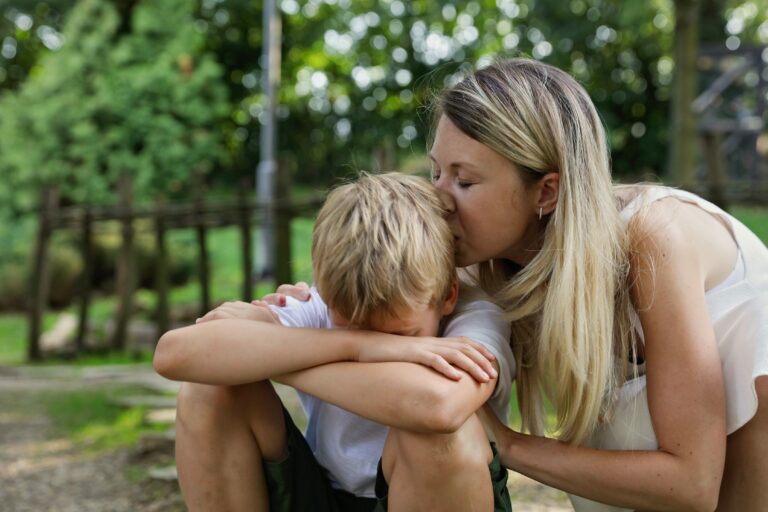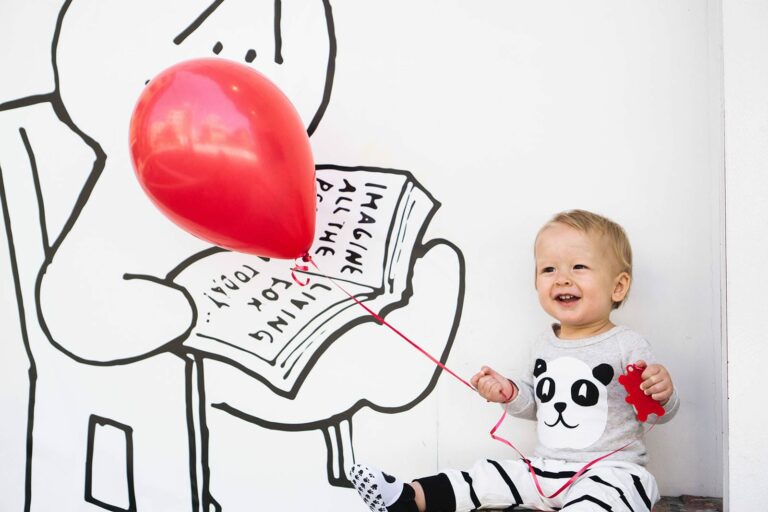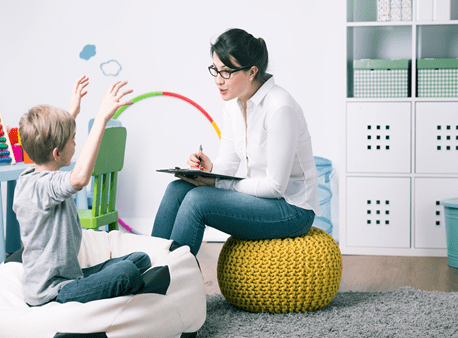Parts Of Our House
The Foundation comes first! Foundational skills have to be in place before the walls of the house can be built.
- The first skill we notice is that a child reacts to events or things in their environment. The child responds to people when they talk to or play with him or her.
- The child’s attention begins to develop and they stay with activities for several minutes. Attention is important as it allows for learning.
- They take turns during the interaction while providing eye contact (looking directly into another person eyes) and joint attention (Joint attention is a child’s way of pointing something out for the purpose of sharing.)
- Gestures emerge just before the child begins to say words. Children begin to intentionally communicate their needs through gestures and early vocalizations. Pointing is one of the first gestures. It shows us that the child can get someone’s attention and send a message attempting to communicate by getting an adult to do something! Early gestures include clapping, waving and showing objects.
- Play is important as children learn through play. The child learns to play with different toys and use familiar objects in everyday routines. Play and first words are closely related. Children begin producing their first words, usually around 12 to 13 months, which is the same time that symbolic play emerges. Symbolic play is when the child can hold a remote control to the TV and pretend as if it is a phone. That parallels the child learning to think symbolically to use language, since language is symbolic (a word represents an object, for example).
The Walls of Our House
- The child must understand words before he or she can use words to talk to others. Babies will begin to show word and sentence comprehension (also known as Receptive Language) as they point to a picture when prompted to do so or nod their head when asked if they want a cookie. Young children demonstrate their understanding by consistently completing requests. They learn to understand their own name, and even words for family members – “mama” or “dada”. They learn the names for their favorite toys, body parts, routine objects (e.g., “dog”), and even words used in social routines or games such as “Peek a boo”. As the walls of our house are going up, the child begins to follow simple directions and can complete many requests fairly consistently. As you help your child develop at this level, keep your language simple and talk about what you’re doing during daily routines and events. “Bath time. Turn water on. Shoes off. Socks off. Pants come off. Shirt off. Where’s the towel? Yeah! You found it. I see your duck. Duck swims. Time to get in the water.”
- Imitation is a crucial building block that supports language development. A child learns to copy what s/he sees and hears other people do and say. During the first year of life, babies imitate actions with toys and objects such as banging on a drum. During the second year of life children imitate gestures such as pointing and waving. Toddlers interact with each other by copying each other’s actions with toys. Children need to be vocalizing and making sounds purposefully to learn to talk. If your child is not making sounds, model lots of play sounds. First make sure to imitate the sounds your child makes, then pair sounds with movement. For example, say “Whee” as your child goes down the slide. Say “Oh” or “Uh oh” when the blocks fall over. Make sure to look expectantly at your child so they know you would like them to imitate. Children imitate our sounds and eventually produce word approximations and then words. Once children are imitating words it eventually turns into language to be used with others.
The Roof of Our House
- Communication: When we think about communication, we think about ‘talking.’ We think about words, sentences and conversation. Communication is so much more than that. Learning to talk is a social experience. It’s about interaction with others, how we give and take verbally and non-verbally. For people to communicate with others, there needs to be a reason to communicate and a means to communicate. Communication is about more than just exchanging information. It’s about understanding the intentions behind the information. Communication is always a two-way street. It’s not only how you convey the message; it’s also how you listen and understand the other person. When we listen, we hear the subtle intonations in the speaker’s voice that tell us how that person is feeling and the emotions they’re trying to communicate. Communication is a complex dynamic process that children most often naturally acquire in normal development.
- First Words: Children usually say their first words between nine and fourteen months of age. The most common first words are either “mama” or “dada.’ The first types of words that most children learn are nouns or the names of people, places and things. Words such as apple, ball, book, choo-choo, bubbles, car, truck, baby, spoon, shoe, hat, bath, chair, bed, blanket, cookie, cracker, banana, milk, juice, water, dog and cat are often in a child’s initial vocabulary. You will want to attempt to expand your child’s vocabulary to include different kinds of words. Social words such as, more, please, bye, yes, and actions such as eat, drink, go, stop, run, jump, night-night, push, and open are important. Location words such up, down, in, out, off, and on are helpful and even descriptive words such as big, little, hot, cold and yucky help expand the child’s core vocabulary.
- Two-word utterances: Children need to say quite a few words (approximately 50) before they can put two words together and begin combining words. By 24 months, most children have 200 words and begin combining two words together. Examples of two-word combinations are “want cookie,” “more juice,” or “Daddy home.” While these “word combinations” aren’t quite sentences yet, they show us that your child has figured out that they can string two ideas together using words.
- Sentences: At this level your child’s vocabulary expands quickly – your child might even learn new words each day. In general, your child understands more words than s/he can use. You can’t build a sentence unless you have many types of words. The average 2-year-old can say almost 300 words [2]. Their words consist of verbs (action words), like “eat”, “come”, and “go”. The average 24-month-old child can say about 40 verbs [3]. Verbs are an important element of making sentences. Of course, your child will continue to use many nouns such as “baby”, “mom”, “car” and “boat”. You’ll also hear more and more word types too, such as adjectives (hot, blue, big), pronouns (I, me, he, she), and locational words (in, out, under). Your child will start asking questions as well. By age three, your child will be able to use sentences with three or more words and you’ll start to hear grammar and more structured sentences.
The building of our language house requires a strong foundation. These foundational skills are a prerequisite for talking. Your child will learn to communicate using gestures, facial expressions and words within the context of social interactions. Drilling your child won’t help your child learn to use language socially. Once the foundation has been laid, your child will be ready for the walls, and later the roof. It’s a process. If your child needs help, please know that we are here to help!
References:
- Hadley, P. (2014). Approaching early grammatical intervention from a sentence-focused framework. Language, Speech, and Hearing Services in Schools, 45, 110-116.
- Center for Child Language and the CDI Advisory Board. (2013). Cross Linguistic Lexical Norm website. [http://www.cdi-clex.org/](http://www.cdi-clex.org/ http://www.cdi-clex.org/)
- Mize, L., Let’s Talk About Talking retrieved from teachmetotalk.com
- The Talking House from Mrs. Speechie P retrieved from [http://www.mrsspeechiep.com/](http://www.cdi-clex.org/ http://www.cdi-clex.org/)
- Language Development Pyramid retrieved from slc.cambridgeshire.nhs.uk
- Illustration of a house, warszawianka acquired from OCAL (Website), Public Domain
- Illustration of street of houses, Dawn Hudson (publicdomainpictures.net)





